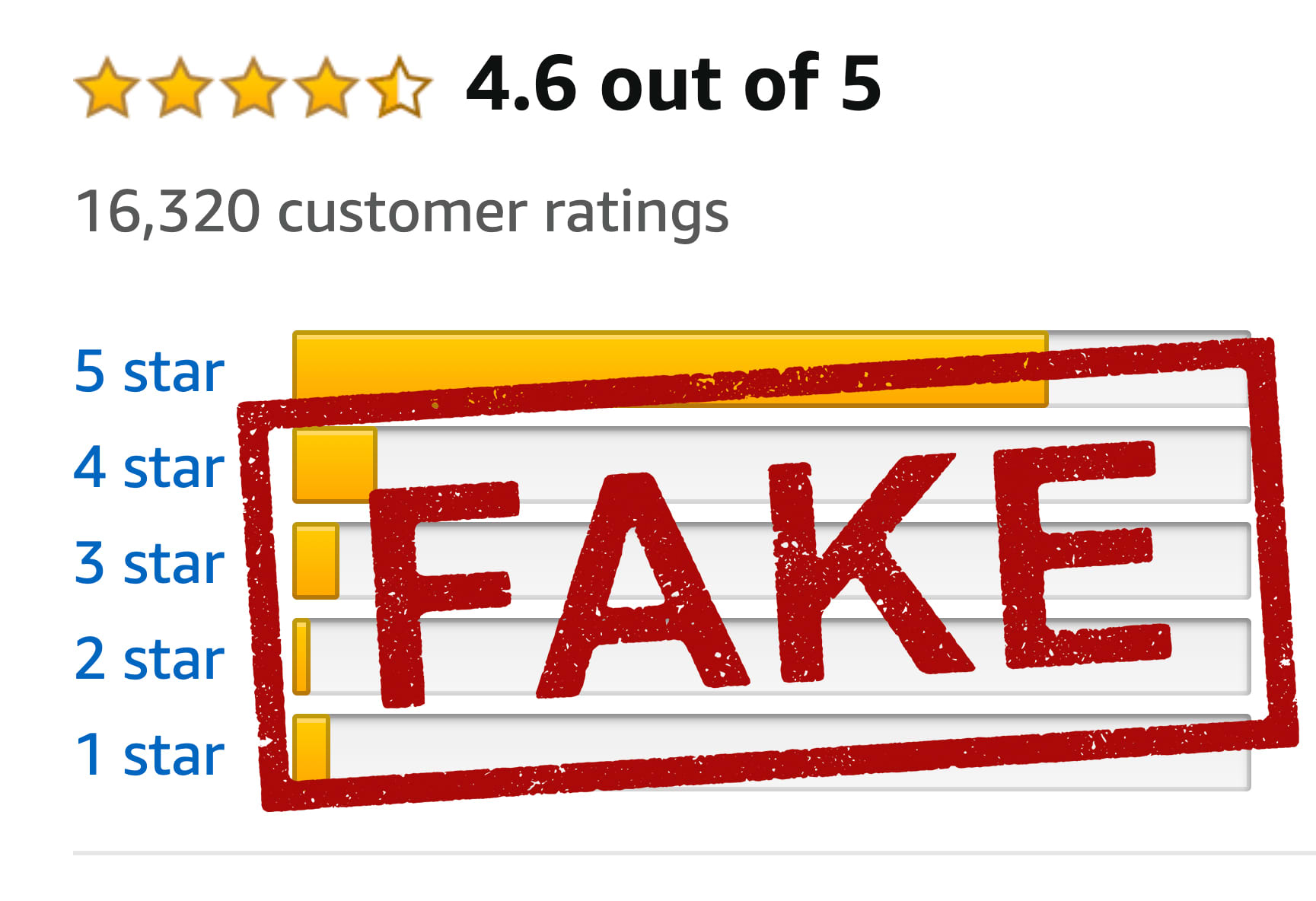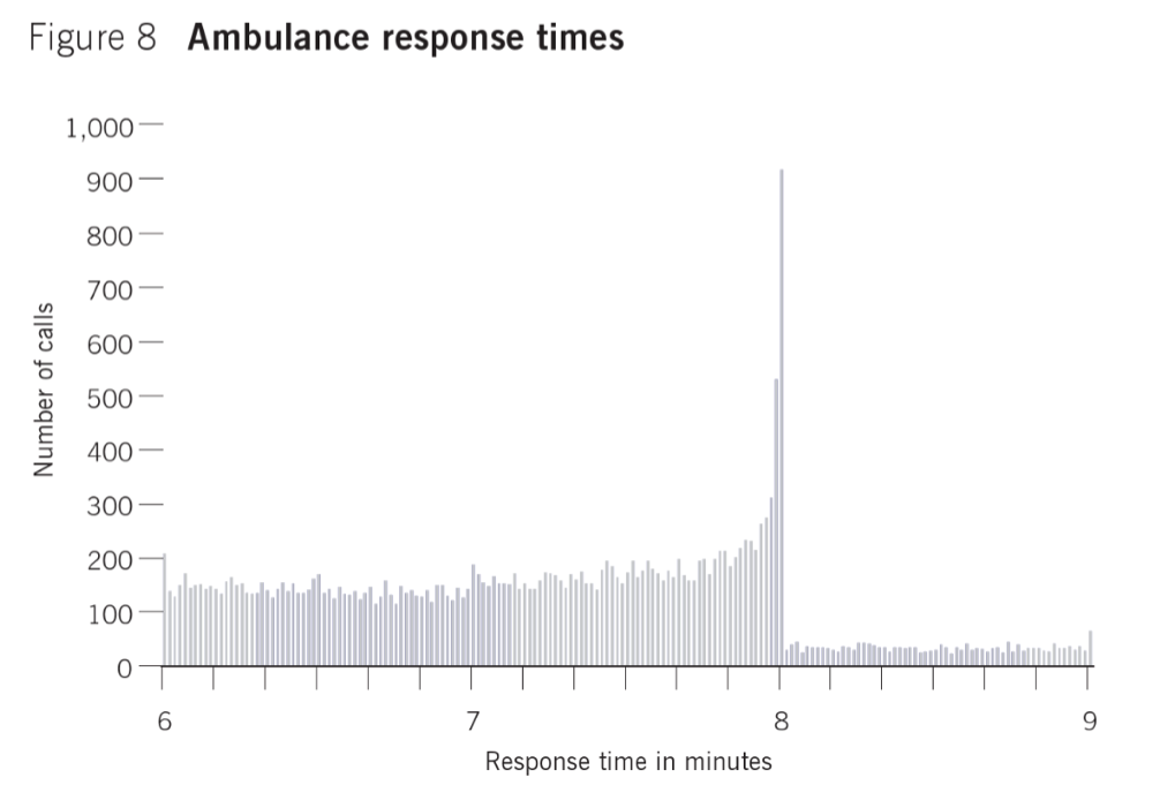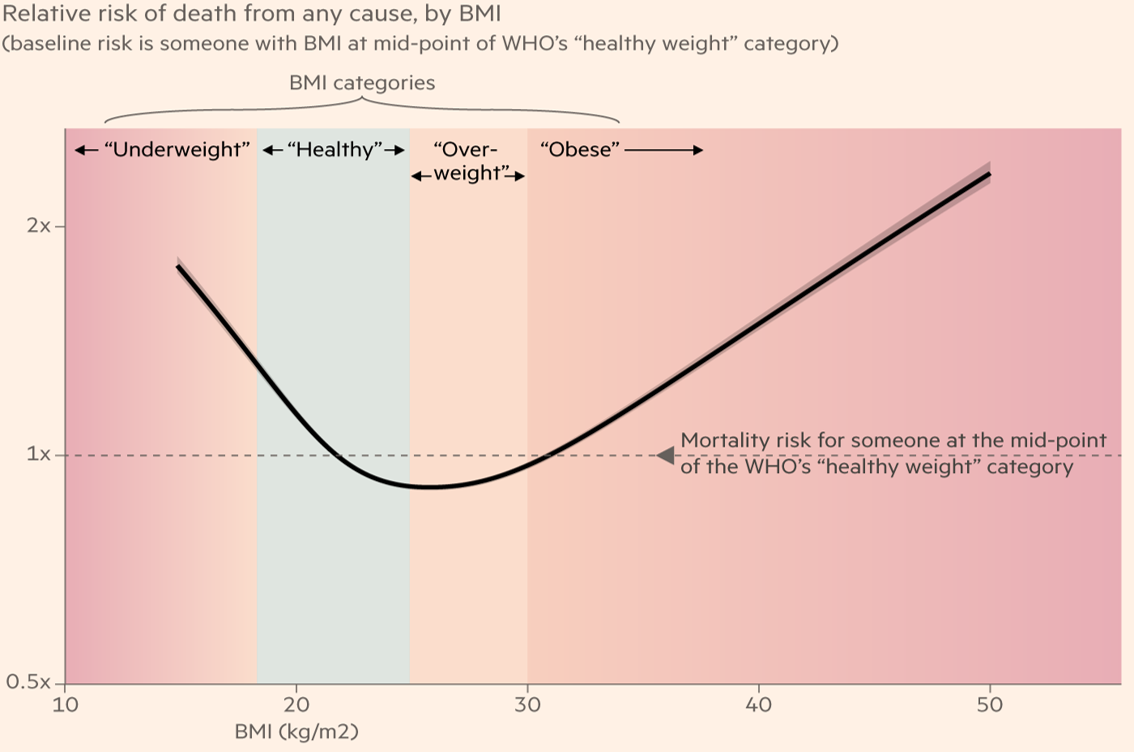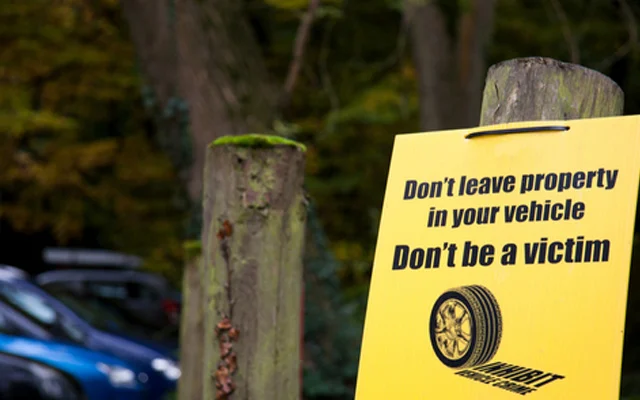Amazon sellers benefit from positive reviews, but this has led to a dysfunctional system: certain sellers now pay companies to leave fake reviews, of which there were estimated to be 250 million in 2024.
Goodhart’s law
When a measure becomes a target, it ceases to be a good measure.
In 2001 the British government said all ambulances should reach a life threatening emergency (category A) within 8 minutes – suddenly there was a massive improvement in the number that did so. But it turned out that a number of ambulance services were doctoring their response times to meet the targets, as well as ignoring more urgent cases over less urgent cases to meet the target.
Optimising for weight-loss can bring health problems of its own: people who are underweight face the same elevated mortality risk as those who are morbidly obese.
The US News & World Report started to rank colleges based on many factors, like acceptance rates and class sizes. But colleges quickly started to game the system; aggressively recruiting (and rejecting) candidates to appear more selective, and capping class sizes below the stated suitable amount.
Inspired by the “broken windows” theory of crime – where minor disorder leads to the potential for more severe crime – the NYPD aimed to increase enforcement around minor offences throughout the 2000s. Unfortunately, the target encouraged arrests for absurd crimes; eating doughnuts in a Brooklyn park, or subway riders placing their feet on seats at 4am.
The crime targets introduced by the Labour Party in the 1990s led to some anomalies. One police force showed a 27% decrease in “theft from a motor vehicle”, which did have a target, but a 407% increase for “vehicle interference”, which didn’t.
The club’s coaching staff noticed that Pablo Zabaleta, their dogged and industrious defender, had a habit of sprinting across the field during lulls in play. He had worked out that doing so helped him improve two key physical metrics: total distance covered and the number of high-intensity sprints he had produced.
The advent of UK university tables meant that good grades no longer became an aspirational target for marks – but rather a minimum threshold to ward off low rankings. The proportion of English graduates getting ‘good honours’ – a First or 2:1 – has leapt from 47% in the mid 1990s to 79% now. At the same time, England is the only country in the OECD where the literacy and numeracy levels of 16 to 24-year-olds is no greater than that of 55 to 65-year-olds.








